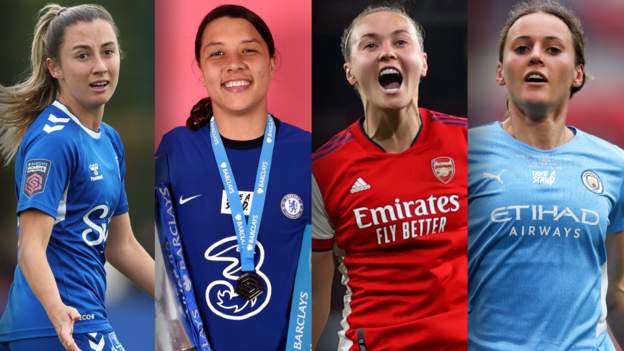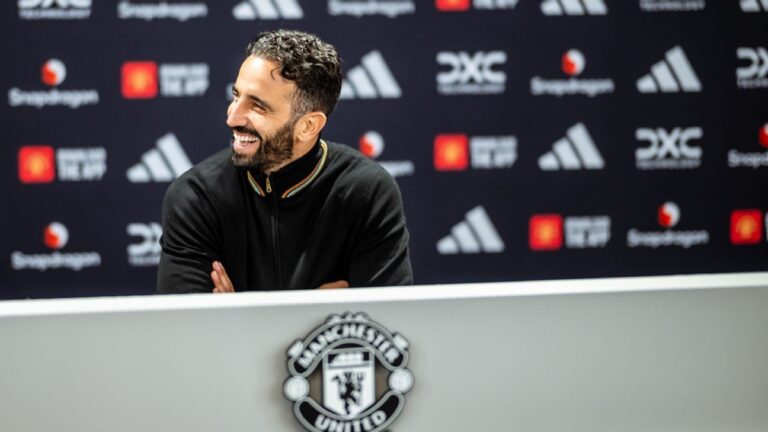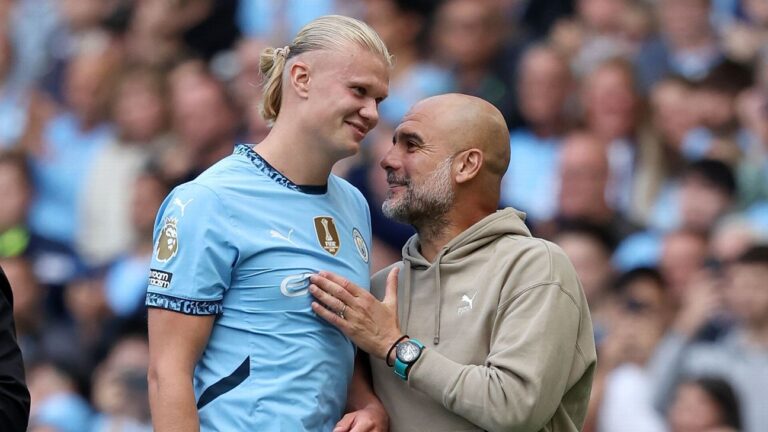When Australia co-host the World Cup in July, almost half of the Matildas squad are likely to come from the Women’s Super League.
It is 11 years since Australians first featured in the WSL, and many of the nation’s current players have been moving to English clubs, including the likes of Steph Catley and Caitlin Foord to Arsenal, and Manchester City forward Hayley Raso.
But what’s driving this influx, how is it affecting Australia’s national side, and how popular is the WSL in the players’ homeland?
The attraction of the WSL to overseas players is obvious – a full-time professional league, impressive facilities and demanding daily training sessions.
“It’s so advantageous for me as a player to be in this environment, training full-time at a high level,” Clare Wheeler, the Australia midfielder who joined Everton on a permanent basis in January, tells BBC Sport.
“The calibre of players makes it very exciting and the environment of choice for a lot of us.”
Time zones and distances can pose issues, with daunting flight times to play international games, as well as short windows of opportunity before training and at night to chat with friends and family in Australia.
Those are surmountable challenges, though, in return for playing in one of the only full-time professional women’s leagues in the world.
“It means players have a full calendar year of football that they can build their lives around,” explains Australian football writer Samantha Lewis.
“Before that, most Australian players had to juggle playing in multiple shorter leagues, such as between Australia and America, in order to make ends meet and maintain year-round fitness.
“That back-to-back league schedule often led to players sustaining injuries or simply burning out because they never got a proper break.
“The WSL offers the kind of competition format that male players have been afforded for decades, where players work as full-time professionals.”
Australia head coach Tony Gustavsson encourages his players to find the “most competitive” place to work in, says Wheeler, who made her senior international debut three months after joining then Danish champions Fortuna Hjorring from Sydney in June 2021.
“Back in Australia, I’d return to my hometown in Newcastle for four or five months of the season to play in the A-League,” she recalls.
“Then I’d have to go back to university in Sydney and keep moving my life every seven or eight months. It was hard doing that for a few years.
“Now it’s just nice to know I’m here and this is where I live. I can actually put some roots down and have long seasons with more than 15 games in a year at a high level. It’s something you need as a professional athlete.”
Matildas captain Sam Kerr has excelled in England, finessing her immense talent to become a cunning and clinical inspiration for Chelsea and land the Golden Boot twice.
“She has arguably become the world’s best striker, not just because of how many goals she scores, but also the ways in which she scores them,” says Lewis, naming Wheeler as one of the players to have also increased the “complexity and technicality” of their game.
“European nations are emerging as the next big powerhouse teams after the USA at international tournaments. So if the Matildas want to keep up with the rest of the world, they need to learn how the rest of the world plays.”
Adaptation is also required to deal with the weather, Wheeler admits, adding that England otherwise “feels like home”.
The 25-year-old sees teenager Mary Fowler’s four-year deal at Manchester City and 20-year-old defender Courtney Nevin’s loan move from Hammarby to Leicester as examples of the next generation of Australian stars being shaped by experience in England and Europe.
“Mary’s only 19 – coming into the league so early and making that commitment from such a young age is only going to be good for the Matildas,” she says.
“We’ve seen how Sam Kerr and Caitlin Foord have been able to flourish at domestic and international level since coming here.
“A lot of players want to reach for that as well. Growing up, I didn’t see many Australian players for these big clubs.
“I wouldn’t be surprised, after this, if more people want to join in and do what they’ve done since coming here.”
More leading players in England means more demand to tune in from the opposite side of the world.
Following the WSL live can be tricky for Australian fans, not just because of the time difference but also for those who want to watch games on free-to-air TV, but Lewis says access to it is much improved and supporters are particularly invested in Chelsea, Arsenal and the Manchester clubs.
“People in Australia think having such a strong league and fanbase here in the UK is amazing,” says Wheeler.
“They’re still surprised when I tell them we’ve had a few sold-out games at Everton and stuff like that. With more players in this league, it’s just going to keep growing.”




